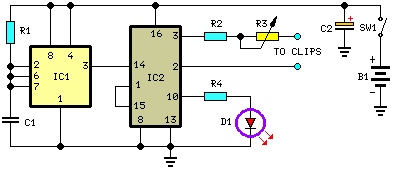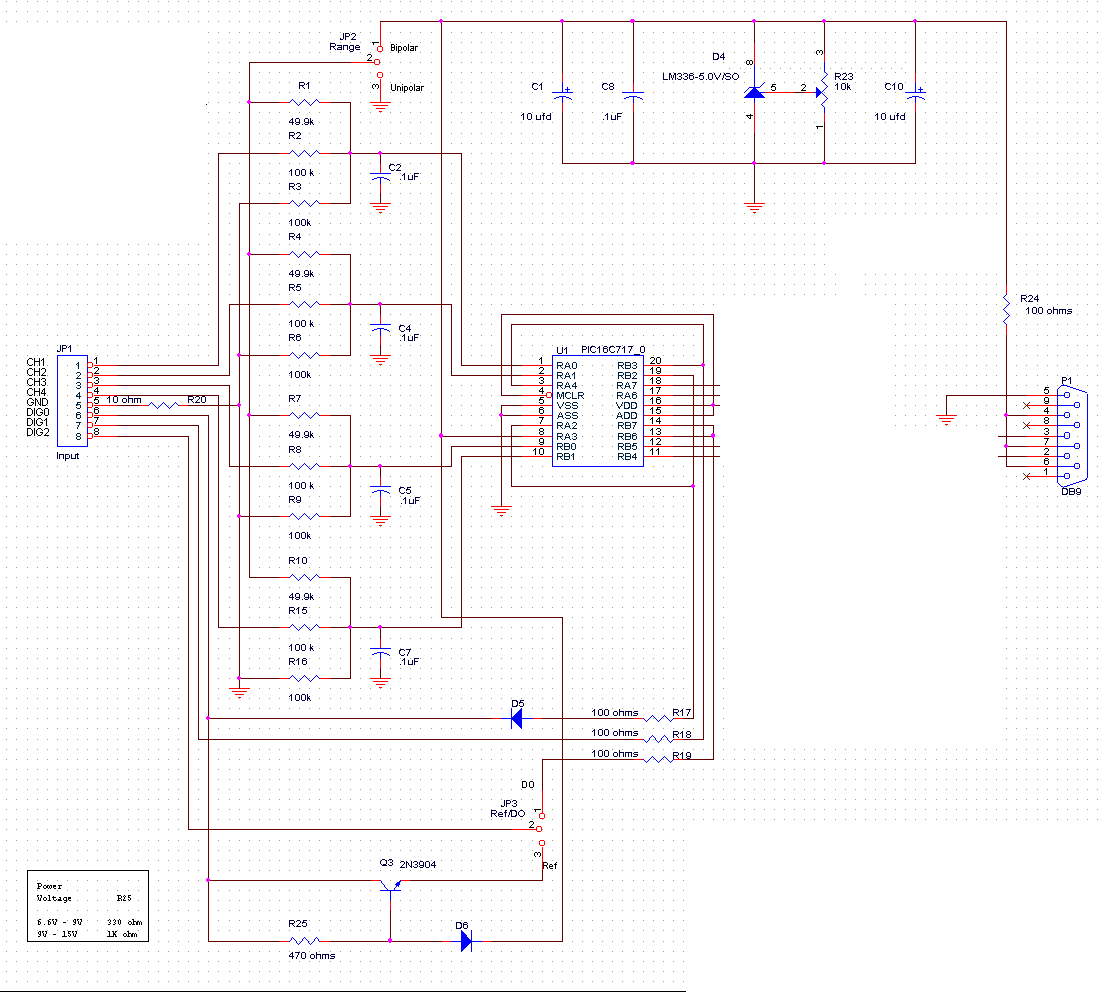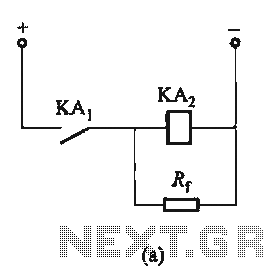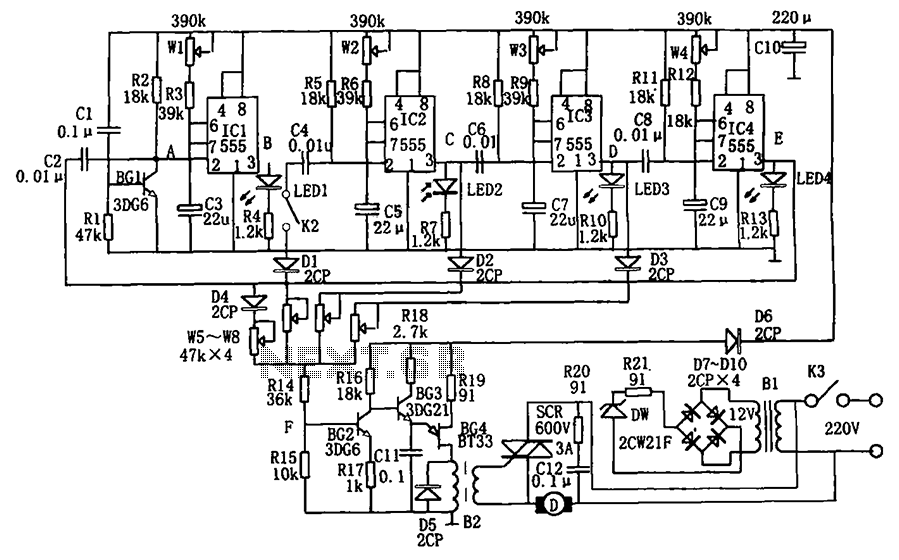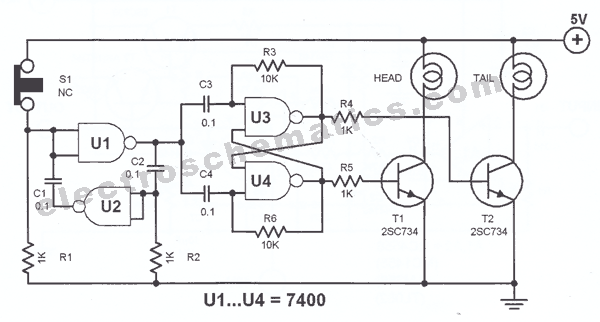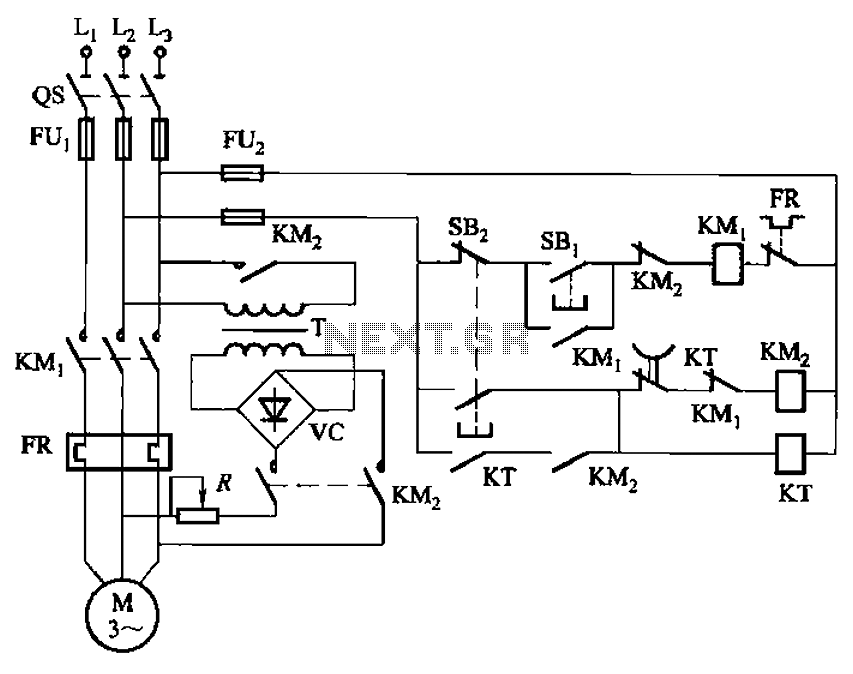
Voltage Doubler Circuit with 555
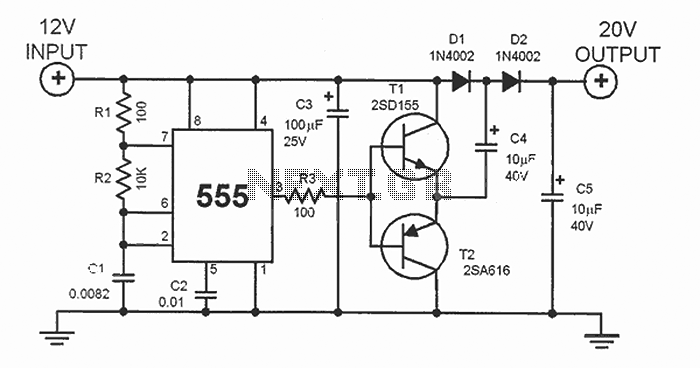
This DC voltage doubler circuit generates a voltage that is double the input supply voltage. It is beneficial when a higher voltage is required from a single lower voltage power source, particularly in applications with low current consumption.
The DC voltage doubler circuit typically employs a configuration using diodes and capacitors. The basic operation involves two stages of rectification and filtering to achieve the desired voltage increase.
In the first stage, an AC input voltage is applied to a capacitor, which charges to the peak voltage of the AC signal. Diodes are used to direct the current flow, ensuring that the capacitor only charges during the positive half-cycle of the AC input.
During the negative half-cycle, the charged capacitor discharges through a second diode into the output load, effectively doubling the voltage across the load. The use of two capacitors in this configuration allows for the accumulation of charge, further enhancing the output voltage.
The output voltage can be calculated based on the input voltage and the characteristics of the diodes and capacitors used in the circuit. It is crucial to select components that can handle the expected voltage and current levels to ensure reliable operation.
This type of circuit is commonly used in applications such as battery-powered devices, where maximizing voltage from a limited power supply is essential. It is also utilized in signal processing and communication systems where specific voltage levels are required for proper functionality.
Overall, the DC voltage doubler circuit is a practical solution for obtaining higher voltage levels from a lower voltage source, making it an important component in various electronic designs.This dc voltage doubler circuit produces a voltage that is twice its voltage supply. This is useful when a higher voltage level is needed out of a single lower voltage power supply. Since the current consumption levels are low in such cases.. 🔗 External reference
The DC voltage doubler circuit typically employs a configuration using diodes and capacitors. The basic operation involves two stages of rectification and filtering to achieve the desired voltage increase.
In the first stage, an AC input voltage is applied to a capacitor, which charges to the peak voltage of the AC signal. Diodes are used to direct the current flow, ensuring that the capacitor only charges during the positive half-cycle of the AC input.
During the negative half-cycle, the charged capacitor discharges through a second diode into the output load, effectively doubling the voltage across the load. The use of two capacitors in this configuration allows for the accumulation of charge, further enhancing the output voltage.
The output voltage can be calculated based on the input voltage and the characteristics of the diodes and capacitors used in the circuit. It is crucial to select components that can handle the expected voltage and current levels to ensure reliable operation.
This type of circuit is commonly used in applications such as battery-powered devices, where maximizing voltage from a limited power supply is essential. It is also utilized in signal processing and communication systems where specific voltage levels are required for proper functionality.
Overall, the DC voltage doubler circuit is a practical solution for obtaining higher voltage levels from a lower voltage source, making it an important component in various electronic designs.This dc voltage doubler circuit produces a voltage that is twice its voltage supply. This is useful when a higher voltage level is needed out of a single lower voltage power supply. Since the current consumption levels are low in such cases.. 🔗 External reference
Warning: include(partials/cookie-banner.php): Failed to open stream: Permission denied in /var/www/html/nextgr/view-circuit.php on line 713
Warning: include(): Failed opening 'partials/cookie-banner.php' for inclusion (include_path='.:/usr/share/php') in /var/www/html/nextgr/view-circuit.php on line 713
